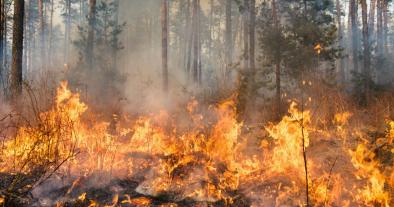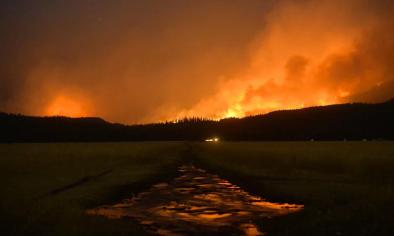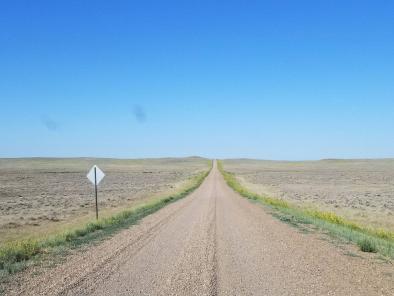Montana Battles Wildfires Amid a Severe Drought

Montana has been burning for months, and there is still no end in sight.
This summer, thousands of firefighters and hundreds of Montana National Guard members have been battling the flames of dozens of large and small wildfires across the state. Thousands of people have been affected by evacuations, and two firefighters have lost their lives.
...
Gov. Steve Bullock of Montana declared the wildfires a disaster last week, calling this “one of the worst fire seasons” in the state’s history. On Thursday, the National Interagency Fire Center reported, Montana had 21 active, large fires covering about 438,000 acres.
It is not uncommon for wildfires to spring up in Montana during mid-to-late summer months, but 2017 has been different. The state is facing a severe drought, hotter and drier than any in recent memory. In a United States Senate legislative session on Wednesday, amid talk of Hurricanes Harvey and Irma, Senator Jon Tester, a Montana Democrat, stood up to show his colleagues a national map of drought conditions.
“The fact is, there is a large portion of land along our northern tier that is experiencing incredible drought, and Montana is in the middle of it all,” Mr. Tester said, adding that Congress “continues to bury its head in the sand” in the face of climate change.
Angela Wells, a fire information officer with the Department of Natural Resources and Conservation, said that “the period from June to August was the hottest and driest on record in Montana, and our fire season started about a month earlier than it usually does.”
She said the period of most intense blazes usually begins in August and ends with a significant rainfall in September, but no such rainfall is in the forecast so far.
Related Content





